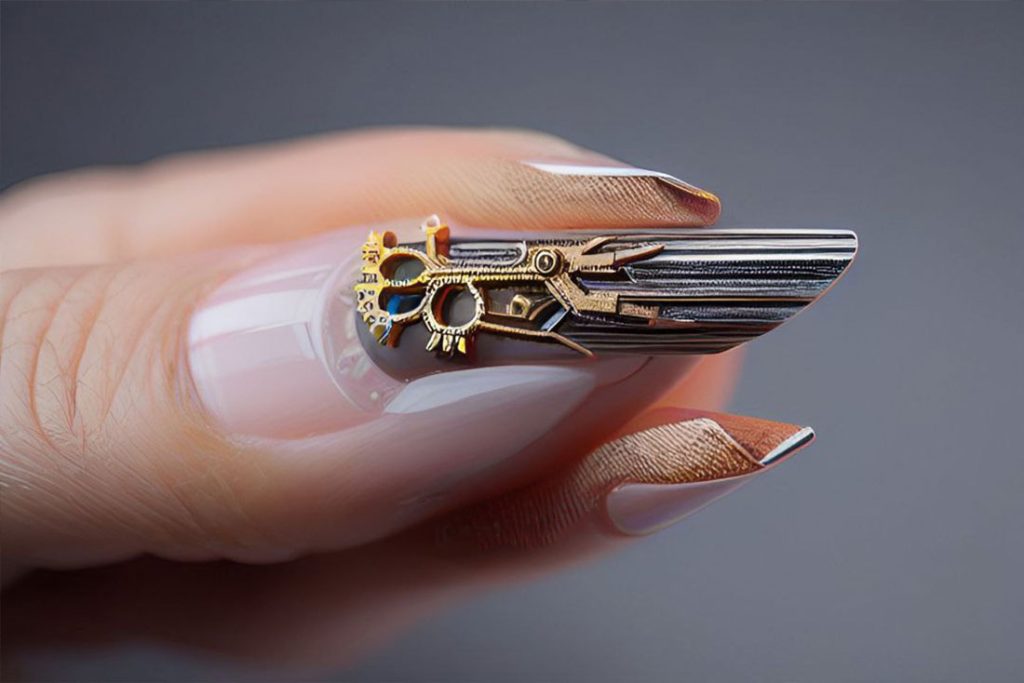The Nail Plate: An In-depth Look at its Structure and Importance in Cosmetology
In the field of cosmetology, a deep understanding of the anatomy and structure of the nail is critical to ensuring the proper care and maintenance of a client’s nails. The nail plate, in particular, is an essential component of this structure, and its health directly impacts the overall appearance and well-being of the nails.

Nail Plate
Anatomy of the Nail Plate
The nail plate, the most visible part of the nail unit, is a hardened keratin plate resting atop the nail bed. It is comprised of approximately 100 layers of keratinized cells, making it appear as one solid piece. These cells originate from the matrix, a section of the nail with the exclusive function of creating nail plate cells.
As the matrix cells mature and harden, they become the nail plate, which gradually moves across the nail bed as it grows. The free edge of the nail plate extends over the tip of the finger or toe, often seen and referred to as the ‘nail’ in everyday parlance.
Hydration and Nail Plate Health
Interestingly, the nail plate is porous to water. It has the capacity to absorb and lose moisture, the extent of which is determined by the surrounding environment’s relative humidity. A healthy nail plate, although appearing dry and hard, typically maintains a water content of 15 to 25 percent.
This moisture balance plays a pivotal role in maintaining the flexibility of the nail. When the nail plate’s water content decreases, it becomes more rigid, potentially leading to brittleness and susceptibility to breakage.
Therefore, maintaining the nail plate’s hydration is crucial. The application of oil-based nail conditioners or nail polish can coat the nail plate, reducing water loss and preventing excessive water absorption, thereby enhancing the nail’s flexibility.
The Role of the Nail Plate in Cosmetology
In the practice of cosmetology, the condition of the nail plate serves as a key indicator of nail health. Its color, shape, thickness, and texture provide insights into a client’s overall well-being, often flagging potential health issues. For instance, changes such as discoloration, pitting, or ridges on the nail plate may suggest underlying conditions, requiring further medical attention.
Moreover, the nail plate’s structural integrity is vital for various nail services, including manicures, pedicures, and nail enhancement applications. A healthy, robust nail plate can more readily handle the chemicals and physical manipulations involved in these processes.
Conclusion
Understanding the structure and significance of the nail plate is instrumental for cosmetologists. It enables them to provide high-quality nail care services that go beyond aesthetics to ensure the overall health and well-being of their clients’ nails. By incorporating knowledge about the nail plate’s composition, hydration needs, and its role in signifying health conditions, cosmetologists can elevate their practice, providing comprehensive care that clients appreciate and trust.






